One Year After Discovery, Crowdsourcing the Olinguito
A year ago, researchers discovered a rare new species. That was just the beginning
One year ago today, researchers announced that they had discovered a new species - Bassaricyon nbelina, nicknamed the olinguito. It was the first time that scientists had named a new carnivous mammal found in the Americas in 35 years.
Discovering the olinguito, which lives in Ecaduor and Colombia and belongs to the same family as raccoons, took scientists a decade. It turned out that museum collections throughout the world had mislabeled olinguito skulls for years. A zoo may have even had one unknowingly in the 1960s. The scientists used DNA evidence and other clues to demonstrate how the olinguito was distinct and previously unnamed.
Kristofer Helgen, a curator of mammals at the Smithsonian's National Museum of Natural History who was on the team that announced the discovery, says that naming the olinguito was just the beginning. Since then, Helgen has received thousands of emails from naturalists, birders and other people who want to help the world better understand the animal. "The first day of the announcement," Helgen says, "just seemed to set the wheels in motion."
One message came from Ecuador, where people at the Bellavista Cloud Forest Reserve figured out a way to track individual olinguitos and monitor their feeding and mating habits. At another reserve, Mesenia-Paramillo in Colombia, people provided the first documentation of a baby olinguito and new details about how the animals breed and nest.
"What we have done is gone from almost no real field information about the lives of these animals, very little, to a more richly developed picture," Helgen says.
Helgen calls the influx of information a "crowdsourcing," though the effort isn't your typical fundraiser on Kickstarter. Helgen doesn't want your money, just your knowledge. "From day one I've hoped that others will take this up as their own and I think that’s whats happening," he says.
Now that the olinguito is one year old, Helgen hopes that the animal will give people a better understanding of the world around them. "We know very little about almost all of the organisms on our planet," he says. "Just the fact that a beautiful animal like this got its scientific name for the first time just 12 months ago is a great indication of that."
/https://tf-cmsv2-smithsonianmag-media.s3.amazonaws.com/accounts/headshot/MAx2.jpg)
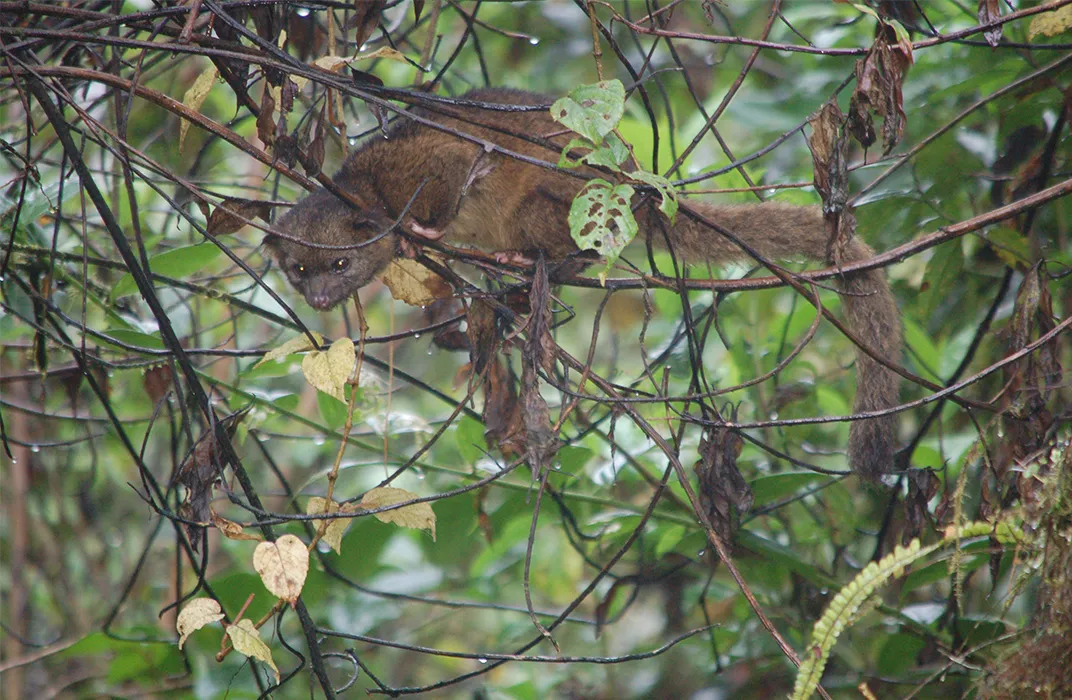
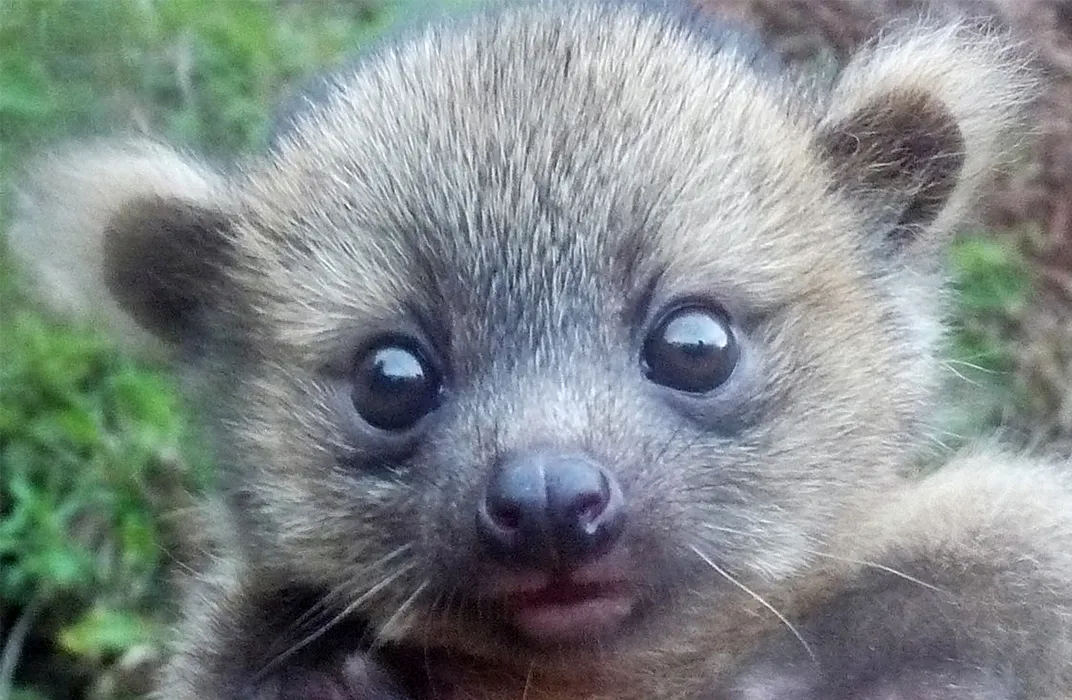
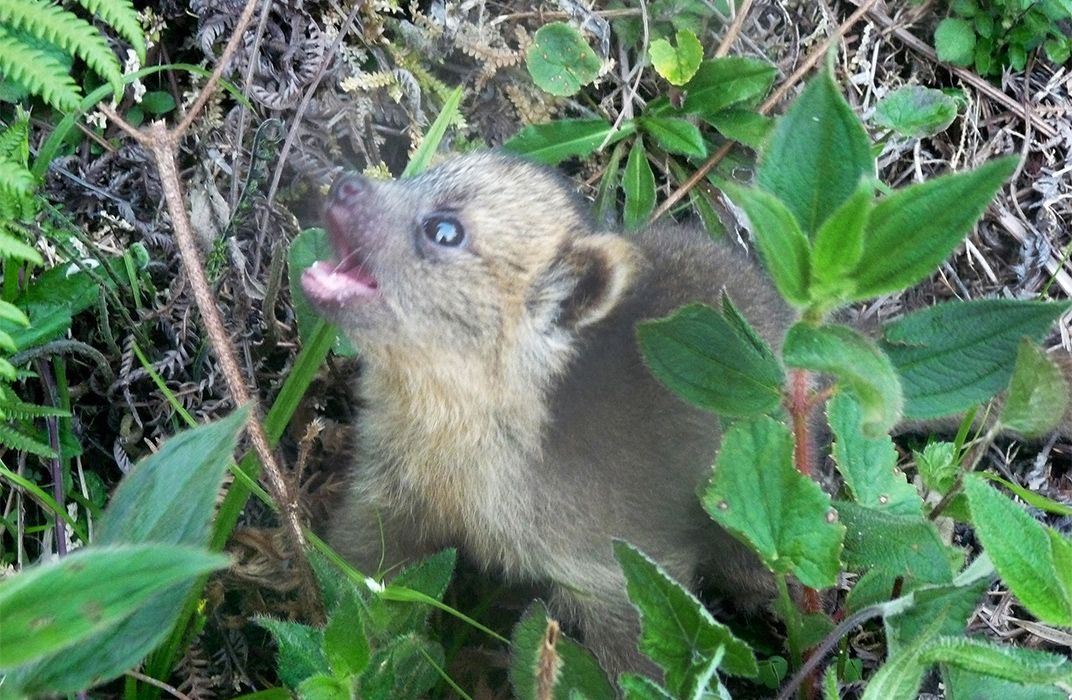
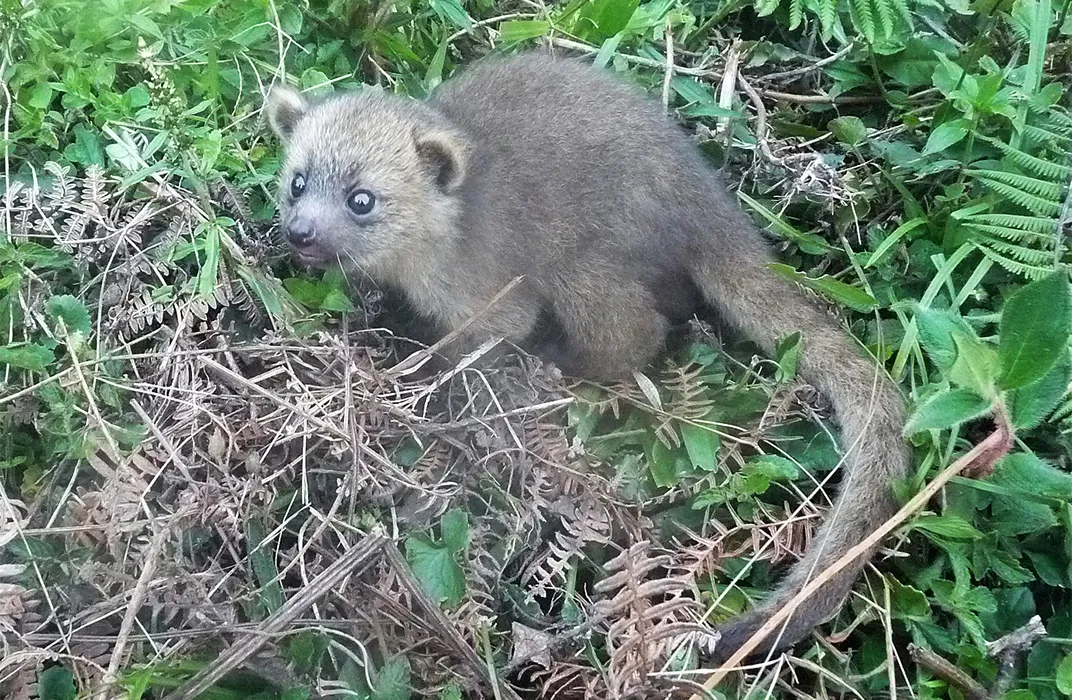
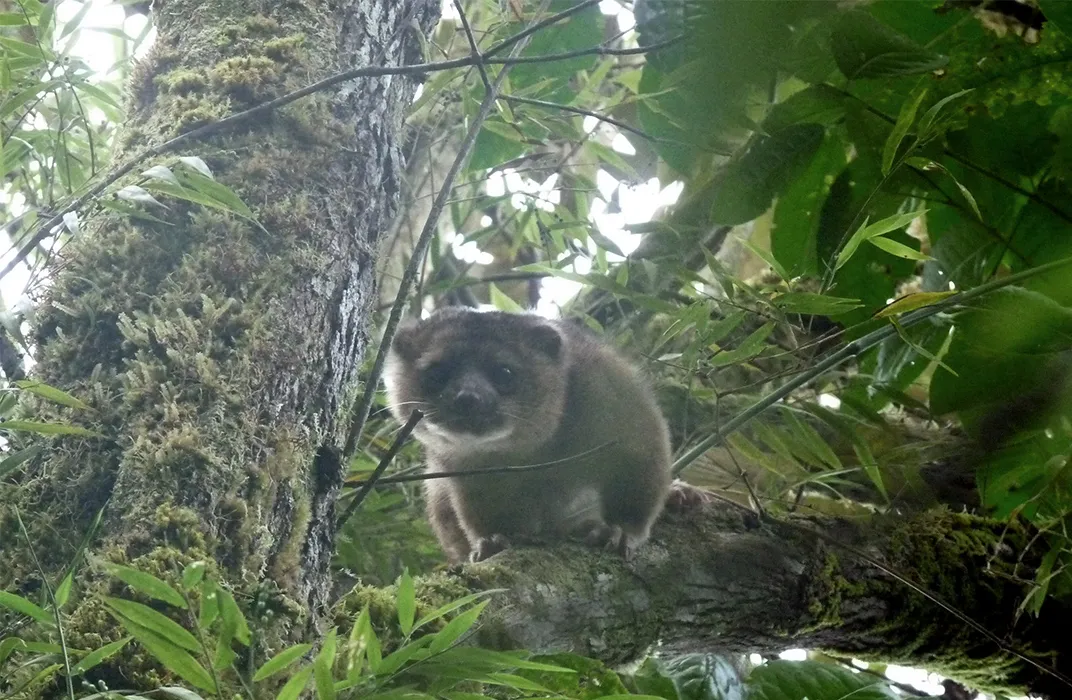
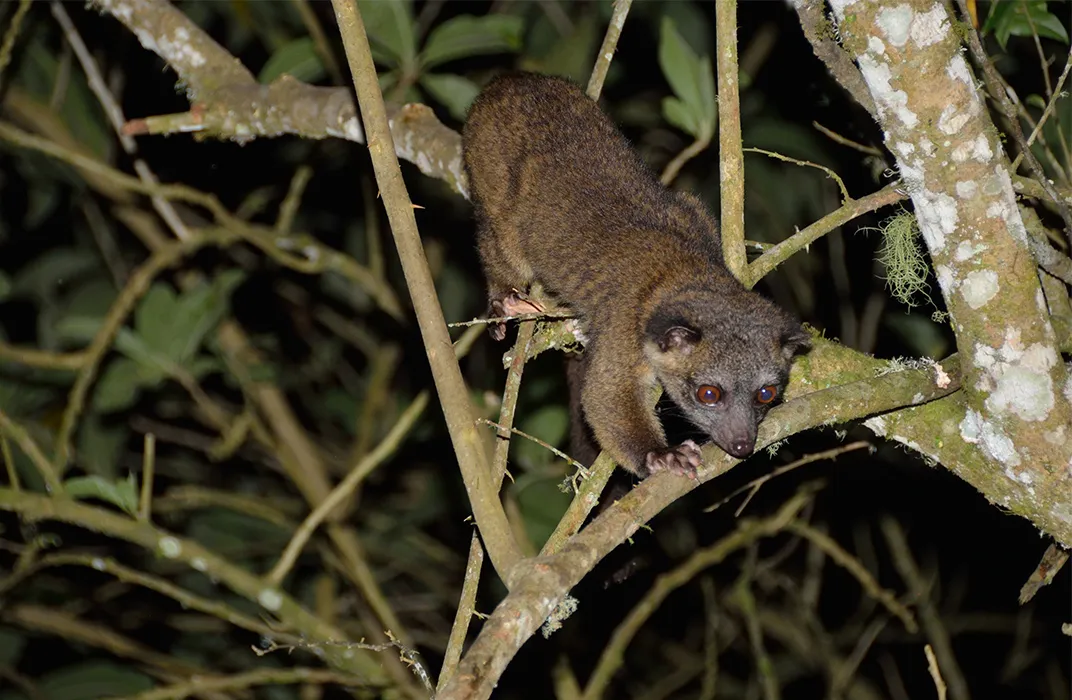
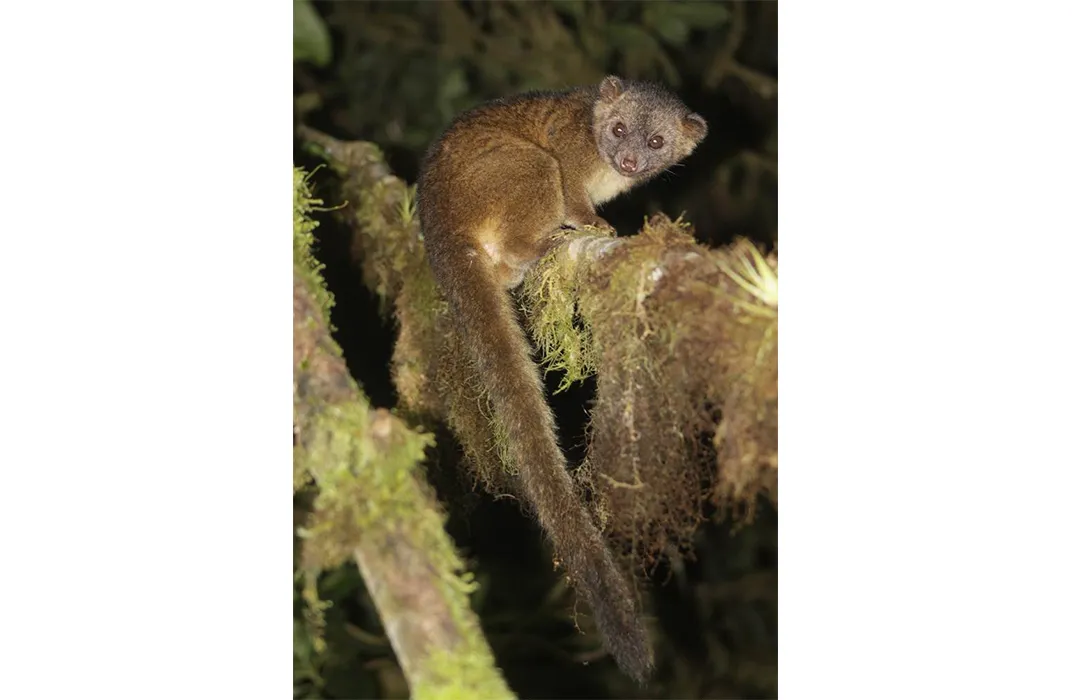
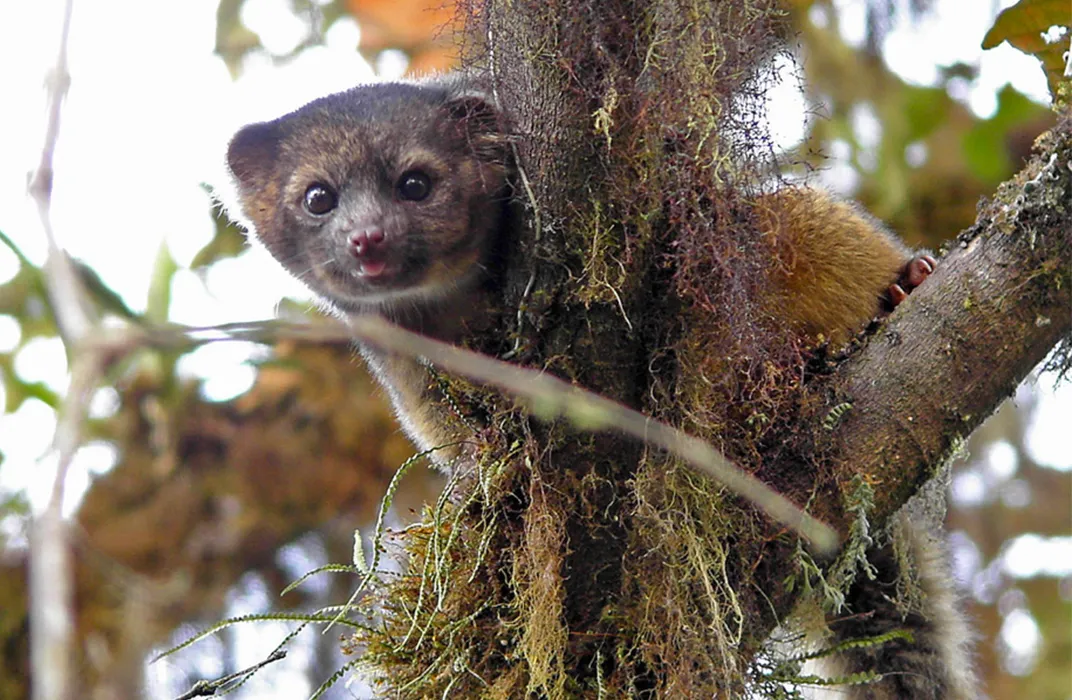


/https://tf-cmsv2-smithsonianmag-media.s3.amazonaws.com/accounts/headshot/MAx2.jpg)